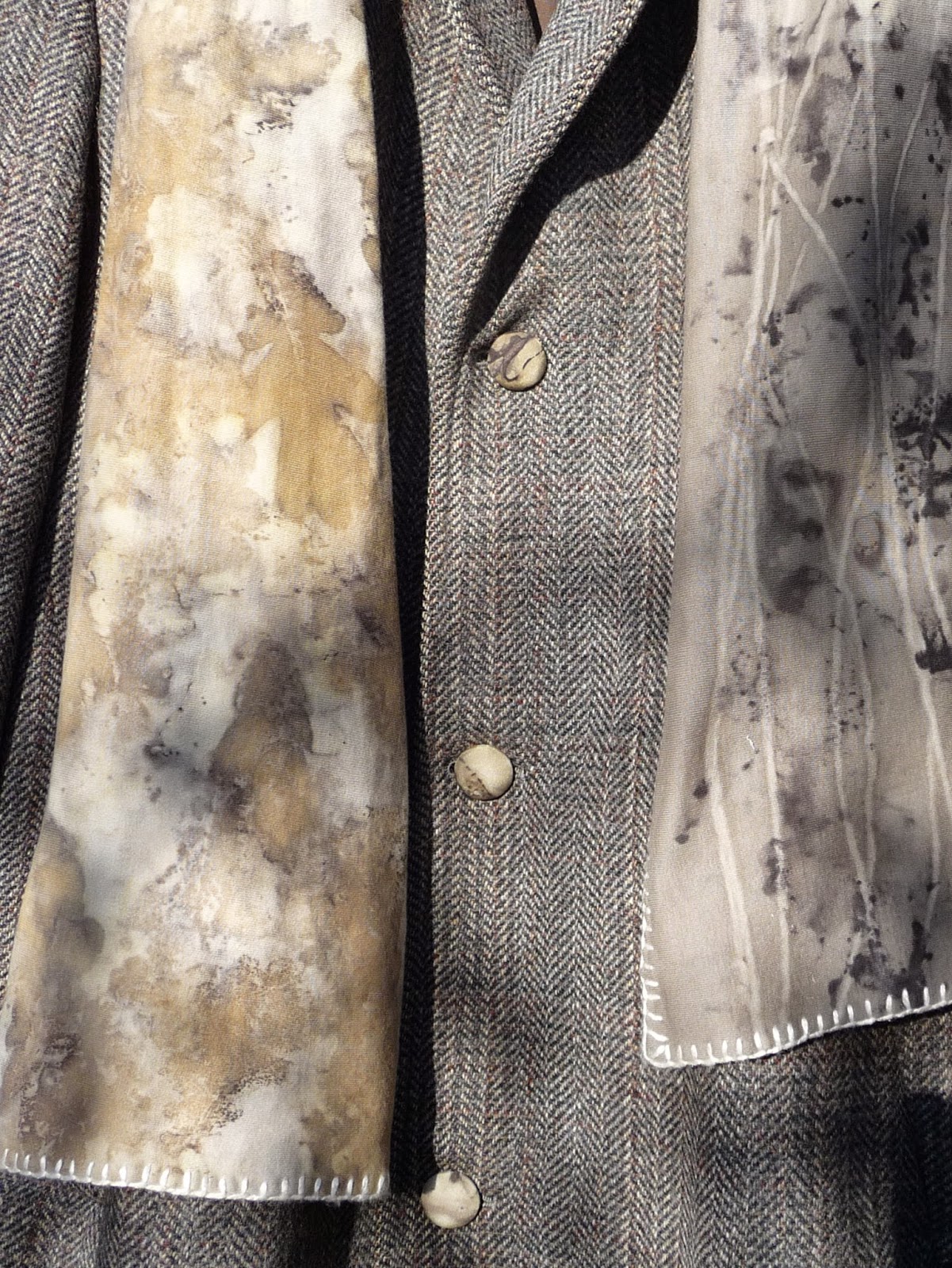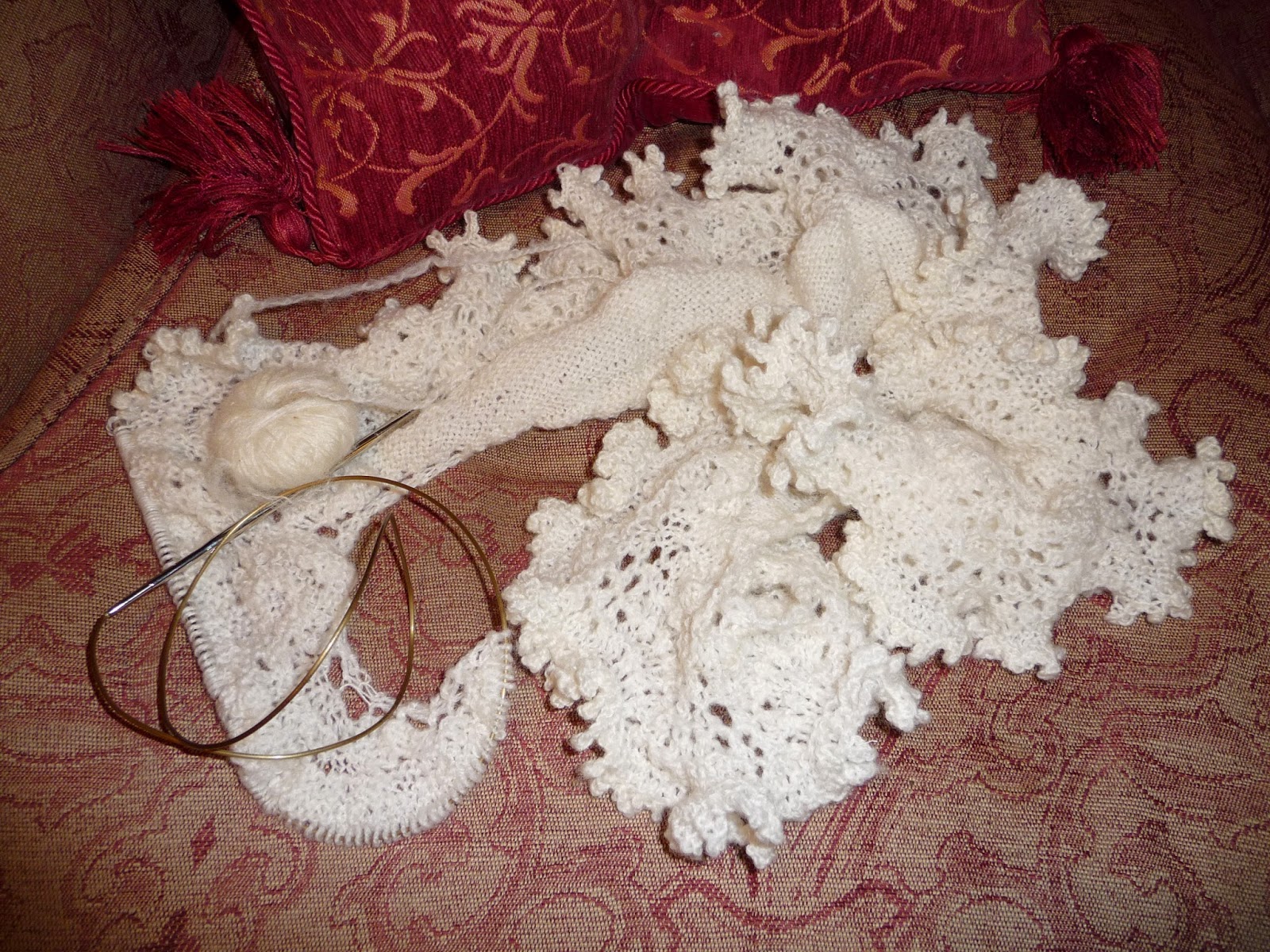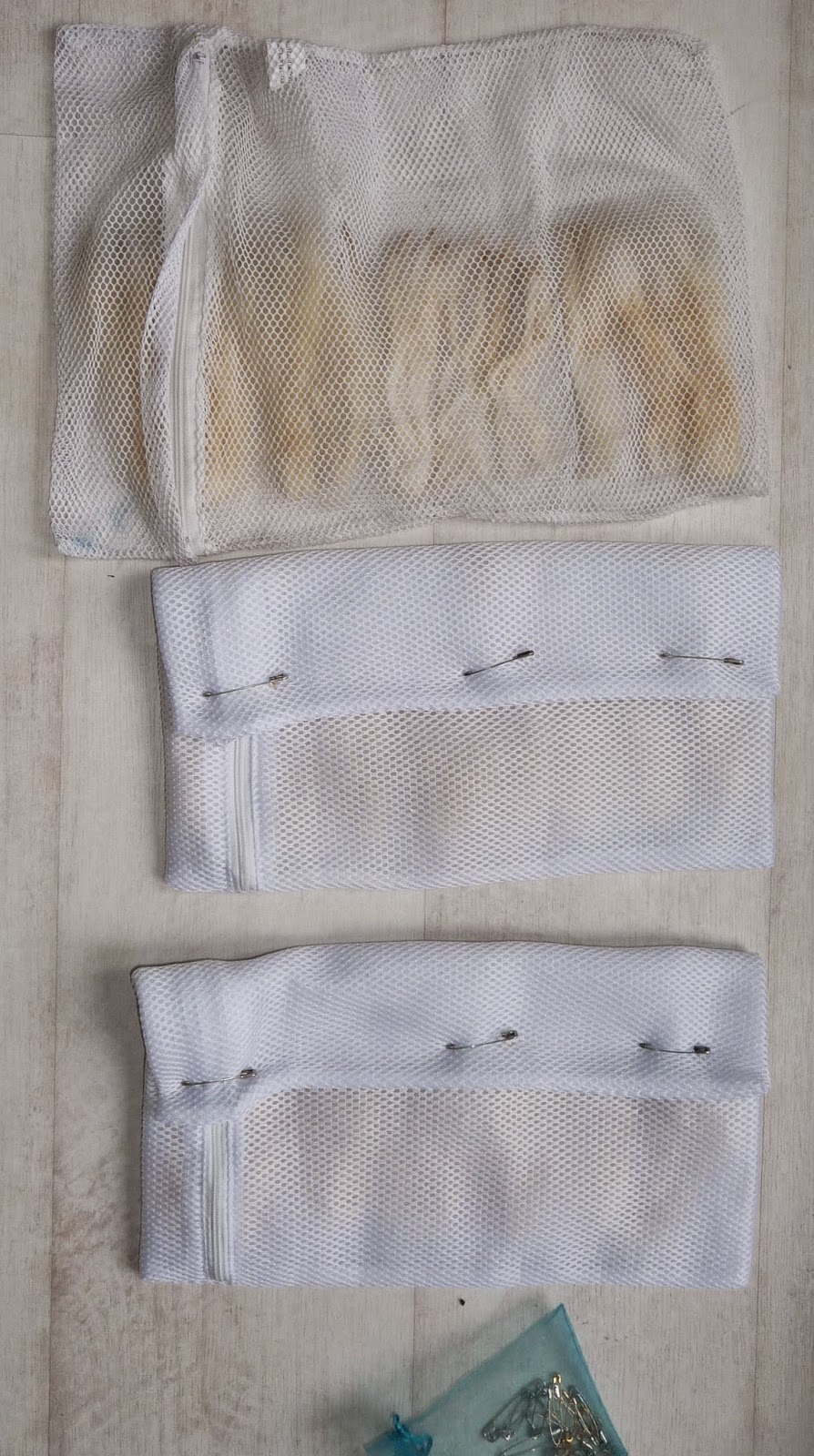In which Fran meets a computer virus.
"Help, help! Matt, I've caught a Heffalump! A Heffable Horrolump!"
"What did it look like?"
"Like - like - It had the darkest screen you ever saw, Matty. A great enormous thing, like - like nothing. A huge big - well, like a - I don't know - like an enormous big nothing. Like I accidentally downloaded a computer virus."
"Well," said Matty, charging up his phone for a long night's long distance IT assistance, "I shall sort this virus out by means of a trap. And it must be a Cunning Trap, so you will have to help me, Fran."
"Matt," said Fran, feeling quite happy again now, "I will."
In which Fran leads an expotition into Deep Stash
 What is in my stash? It is just full of things to discover, Fran thought carelessly, not being quite sure herself. As the lid of the storage chest began to fall shut on her head, she backed out with an armload of Interesting Things. In amongst them were three 50g bags of baby alpaca, bought from the Fleecewitch in 2013. Wonderful discovery, blissfully soft, fine fibres in natural fleece colours that would definitely suit her ginger headed little brother Matty. Brushing out tiny bits of debris, she spun them from the lock, fine as possible, drafting about one inch per treadle on the 1:15
What is in my stash? It is just full of things to discover, Fran thought carelessly, not being quite sure herself. As the lid of the storage chest began to fall shut on her head, she backed out with an armload of Interesting Things. In amongst them were three 50g bags of baby alpaca, bought from the Fleecewitch in 2013. Wonderful discovery, blissfully soft, fine fibres in natural fleece colours that would definitely suit her ginger headed little brother Matty. Brushing out tiny bits of debris, she spun them from the lock, fine as possible, drafting about one inch per treadle on the 1:15 wheel ratio. Each single was Navajo three plied, to make one skein per colour about 90m long. Rediscovering an equally ancient 100g leftover of white alpaca fleece from TOFT, she spun that up the same way and hurried off to the front of the online Expotition in search of an heroic pattern, fit for an Antiviral Pioneer. But we shall never know what she might have found, for there came a sudden squawk from himself in the kitchen,
"Fran, is this pot supposed to be boiling over?"
With a loud cry of alarm, she rushed the white alpaca yarn out to the garden to cool. "Oh disaster!"
As Fran came back inside, himself remarked "Thank you for asking, but I shall be able to use it again in a day or two."
"Use what?" said Fran.
"What I was telling you about. The cooker."
"Were you?" said Fran, looking puzzled.
"My mistake again. I thought you were saying how sorry you were about my cooker, being all soaked and filthy, and could you do anything to help?"
"No," said Fran. "That wasn't me." She thought for a little and then suggested helpfully: "Perhaps it was somebody else."
"Well, thank them for me when you see them."
In which Princess Franklin comes to the fore, and Fran does some maths
"Fran," said Fran to herself, taking out a pencil and licking the end of it, "you haven't any pluck."
Plan to Complete The Princess Franklin Plaid Collar
- General Remarks. The alpaca yarn has been spun to the wrong weight and there are only four colours, not five.
- More General Remarks. There probably won't be enough yarn.
- Therefore. I shall have to go up a needle size to 3mm to make the gauge which will mean a thinner, looser fabric and I shall have to make a narrower collar.
- A thought. If I look at the colour wheel in Franklin Habit's article in Knitty, I see that blue is opposite the tawny shades and I could dye some white alpaca with woad to be my fifth colour that will make the whole thing 'pop'.
- See 3. If I cast on 56 stitches instead of 72 for the main body, a nine inch deep collar ought to keep the draft off the average neck.
- Another thought. The narrow collar will not accommodate the whole plaid pattern.
- But I could start the weave instructions nine rows late and finish 9 rows early in order to keep one block of the main plaid pattern central.
- And Matty would never discover the difference. Unless he reads Knitty. Or goes on Ravelry.
- Which he never will!
"Aha!" said Fran, weaving in hundreds of little ends of yarn.
"I name this collar 'Heffalump Trapper'.
In which Matt has a birthday and gets a present.
With thanks to A A Milne for excellent bedtime stories and to Malwarebytes for clearing out monsters from under the bed.





























